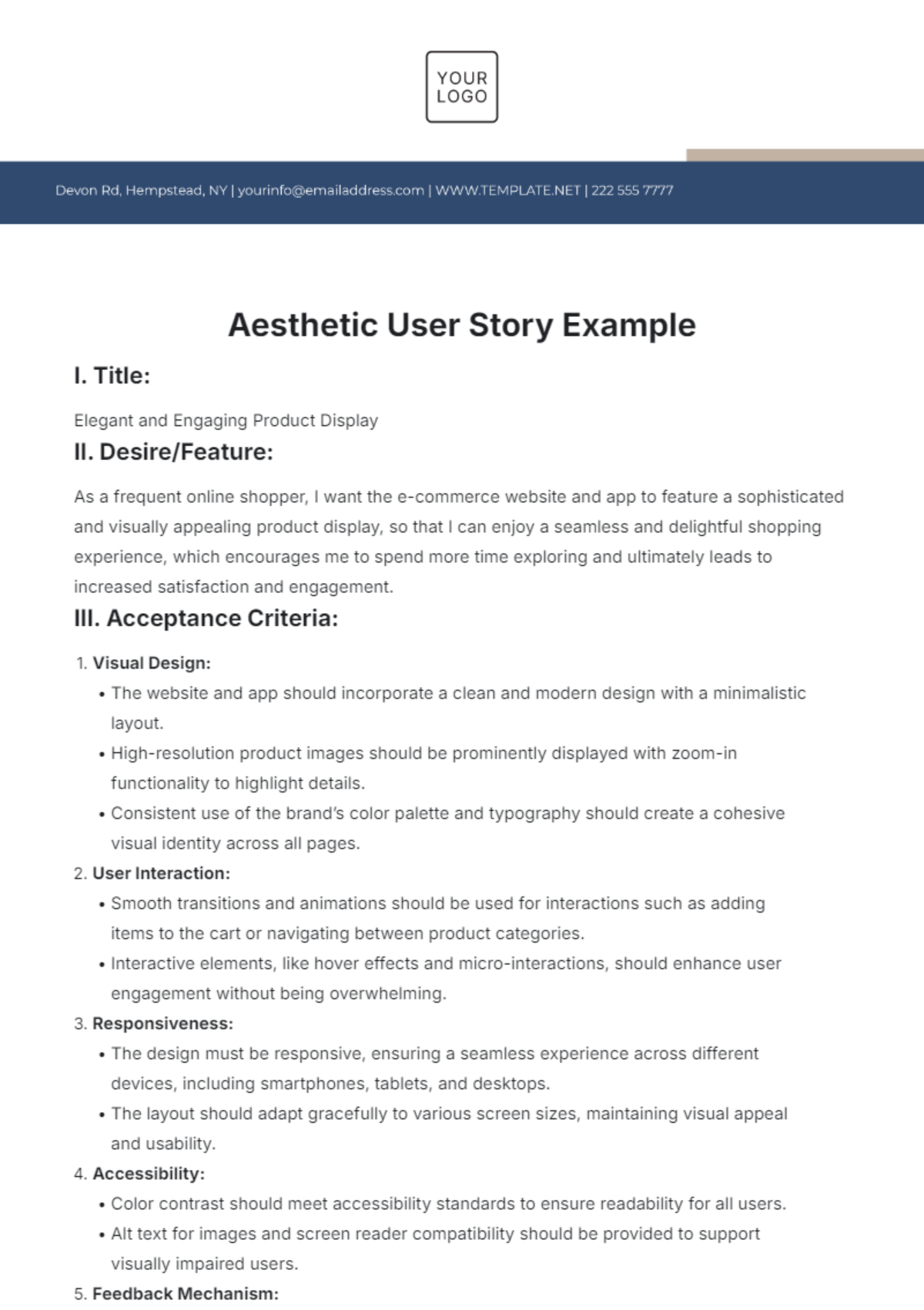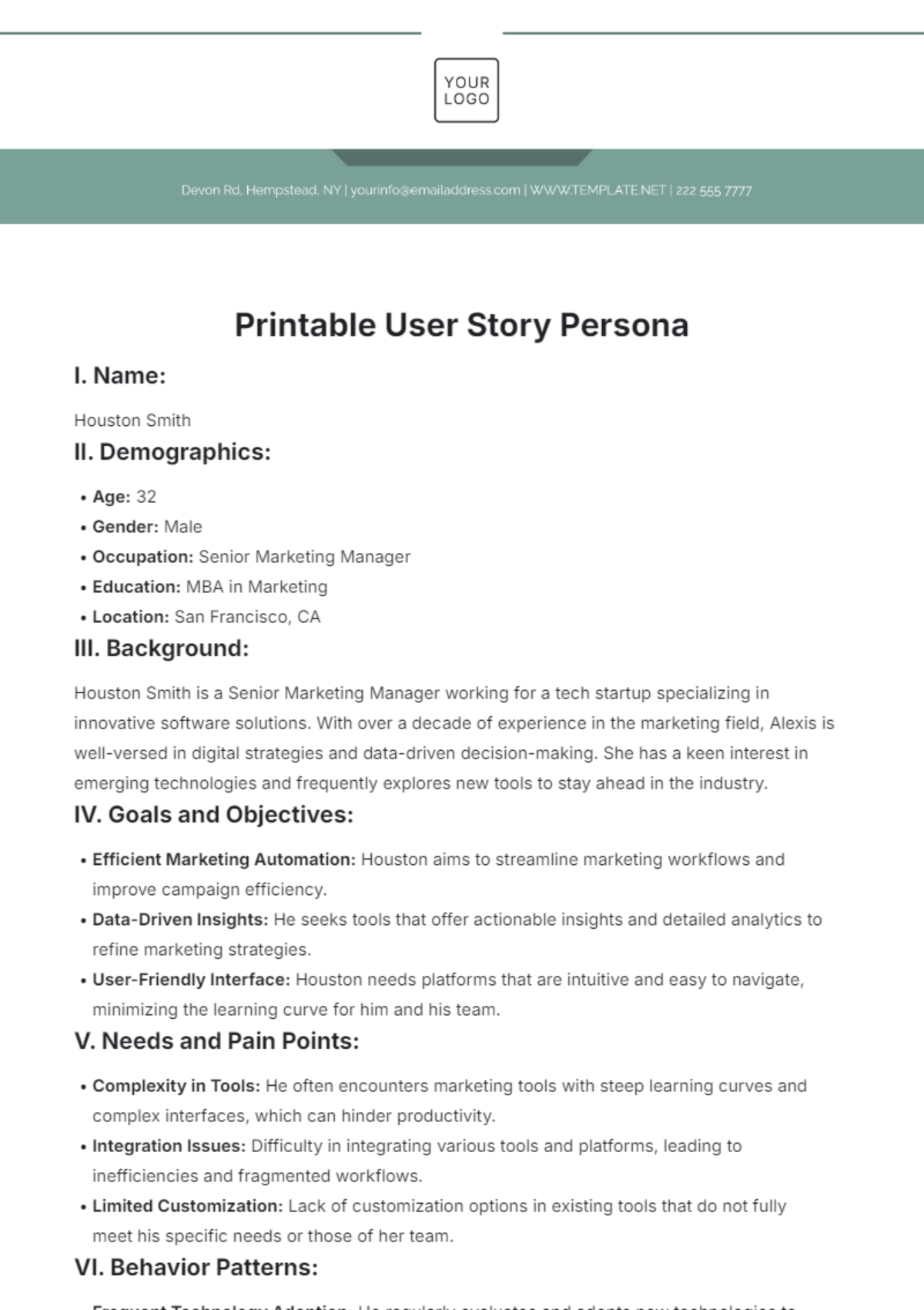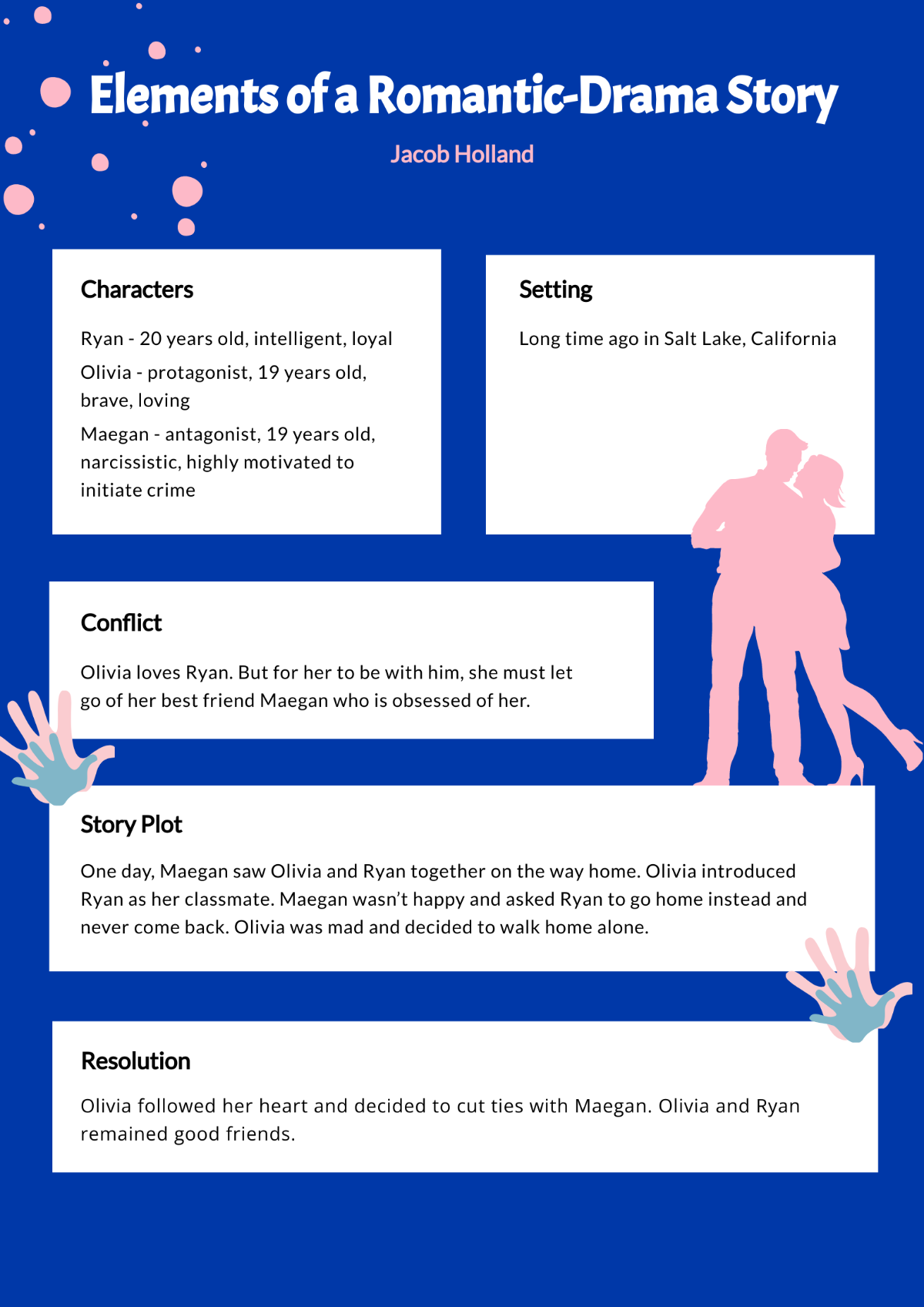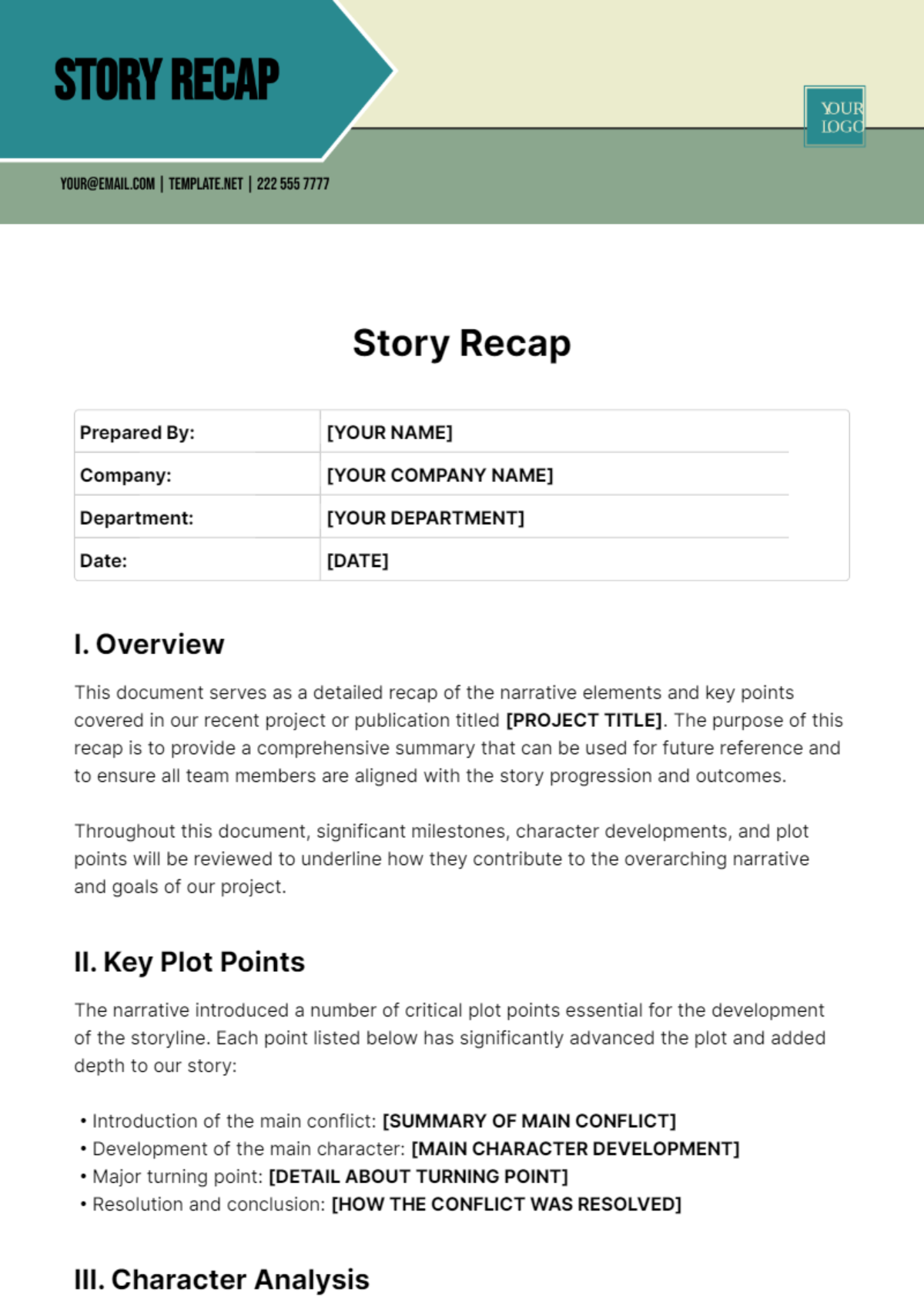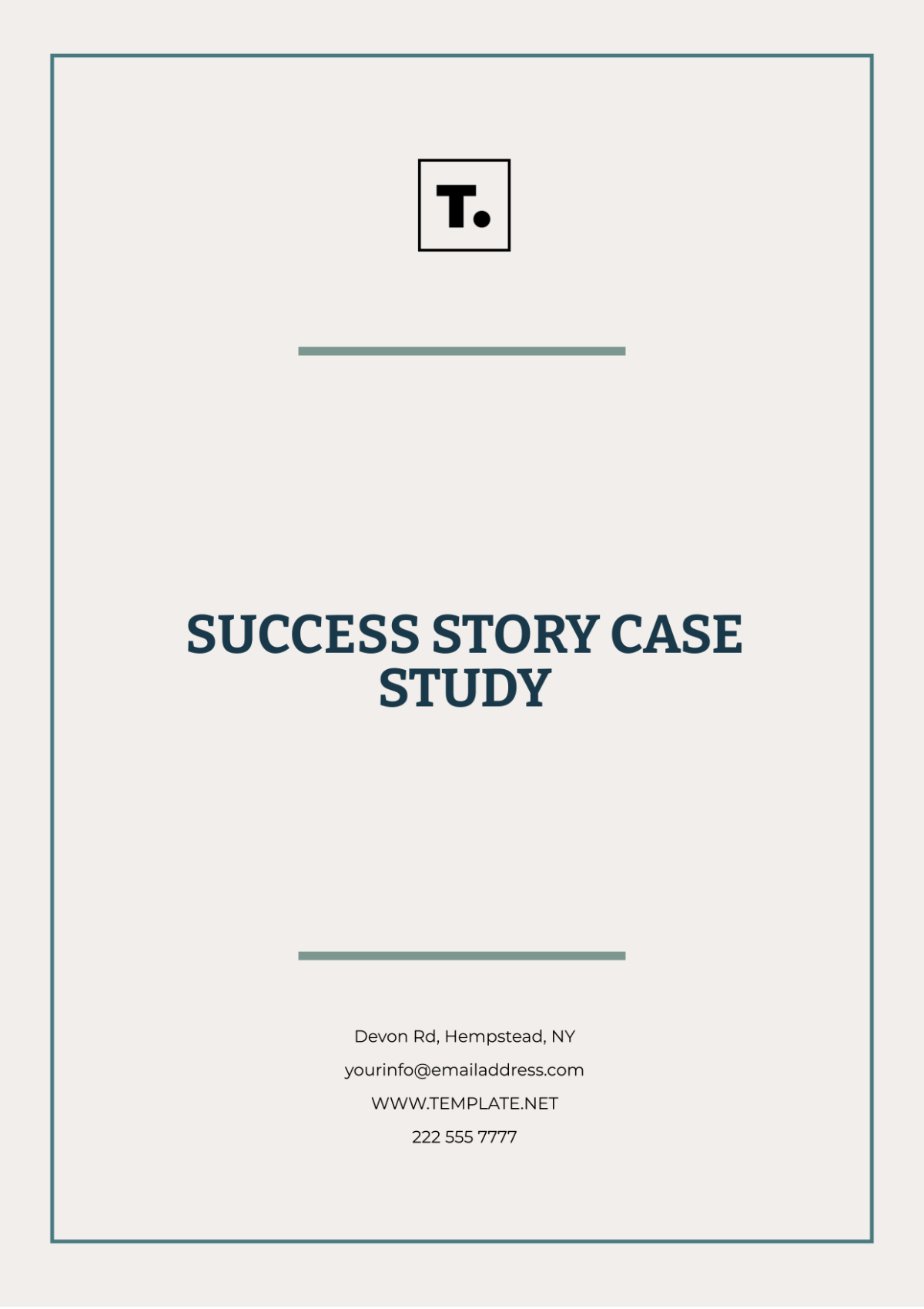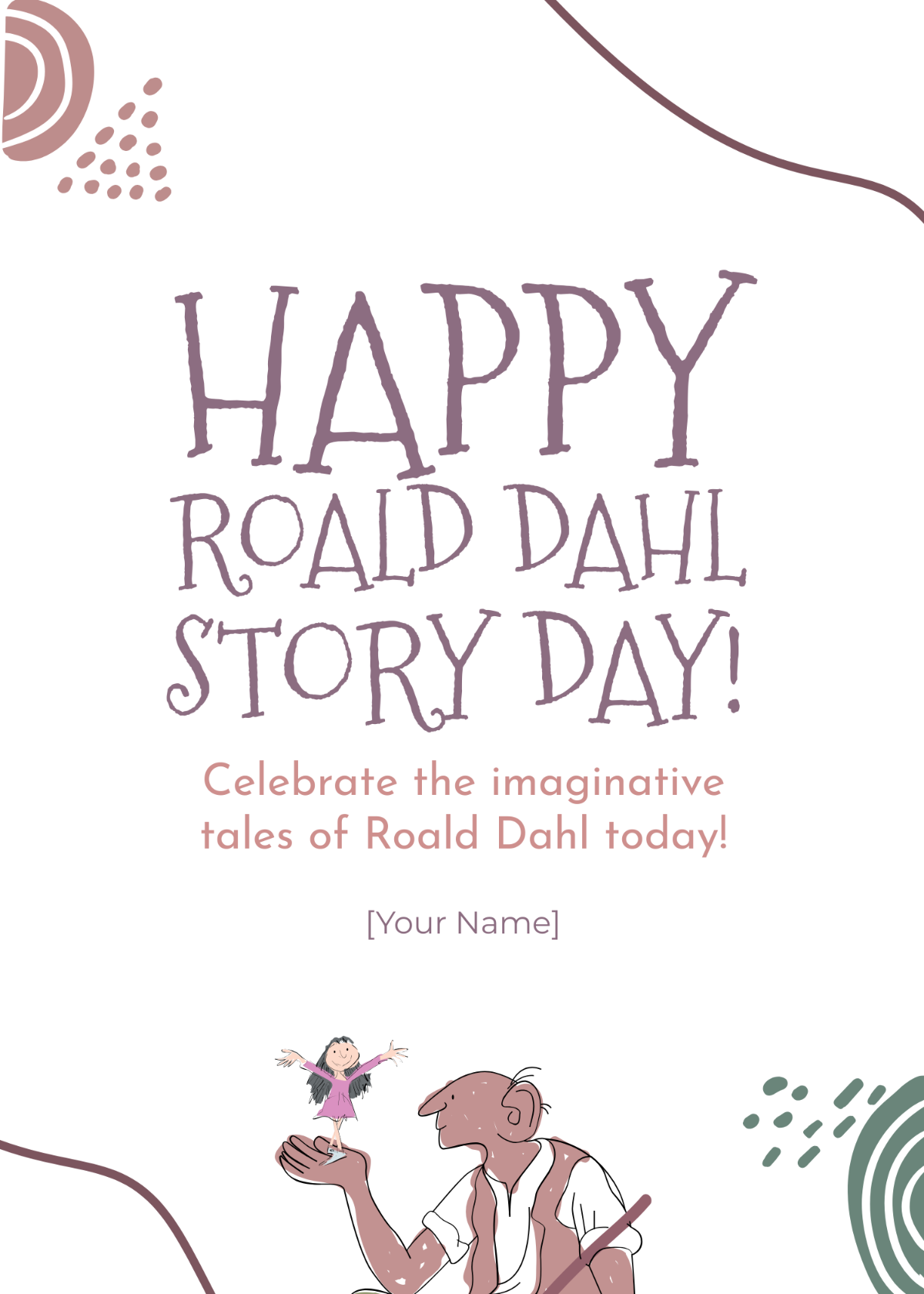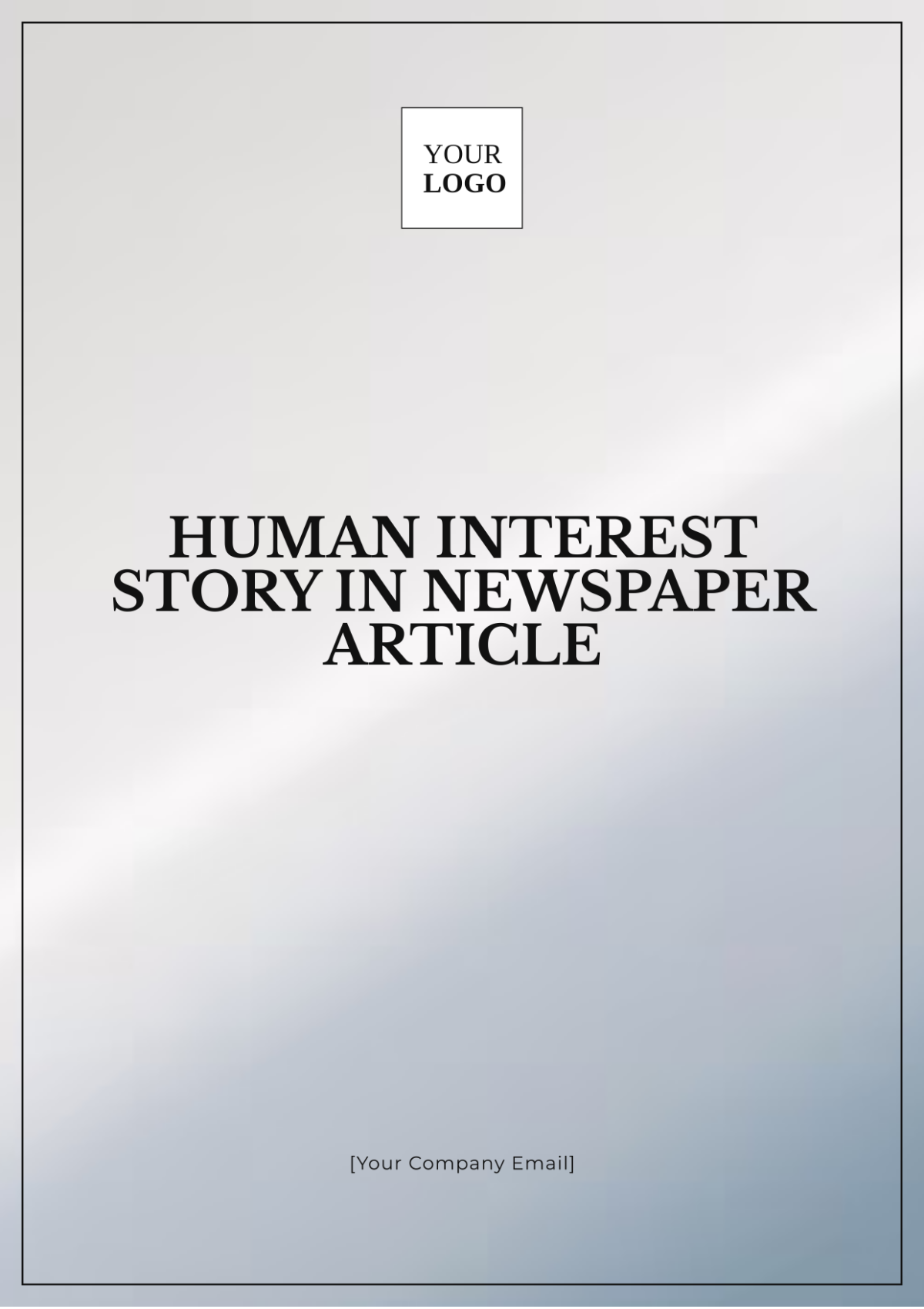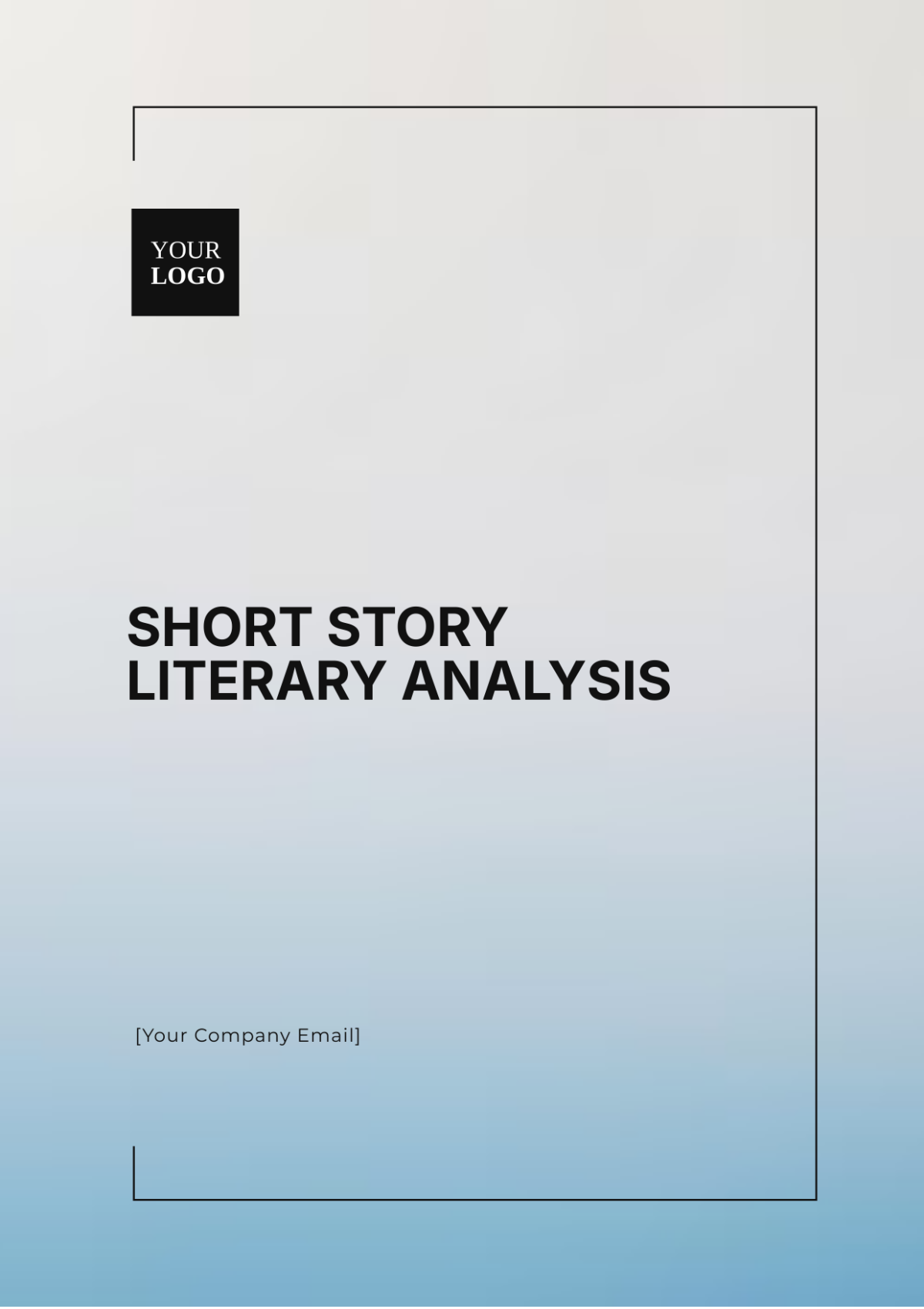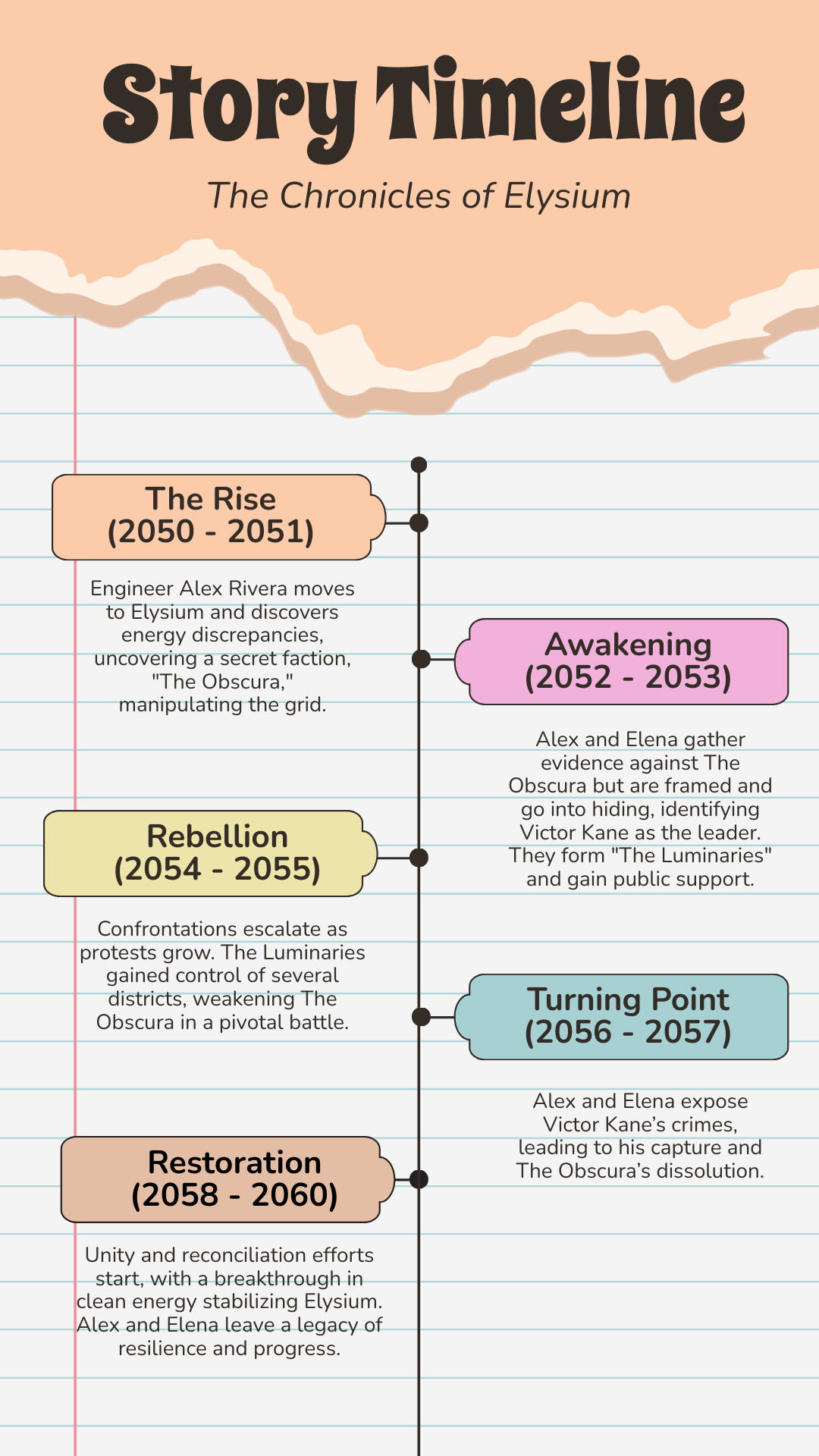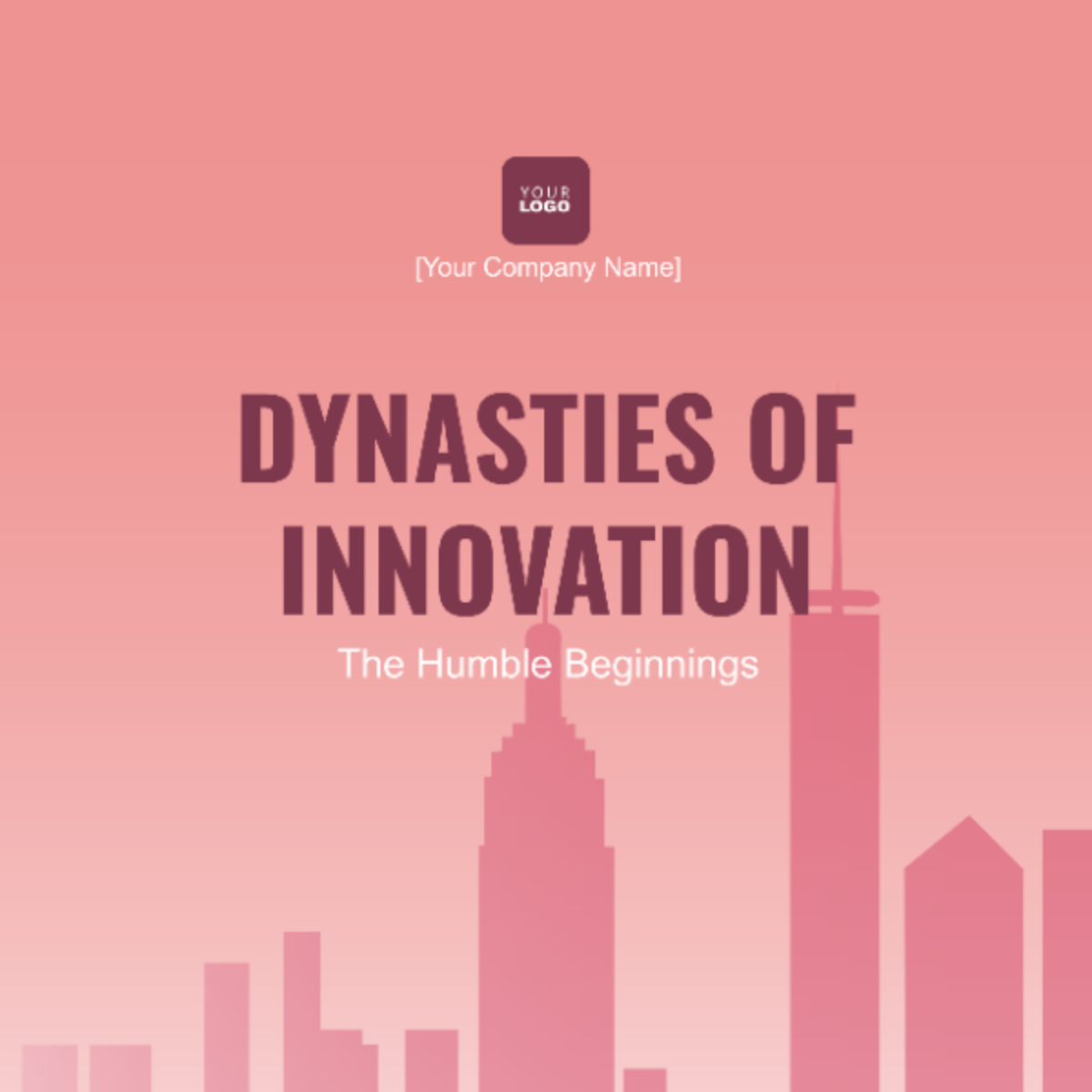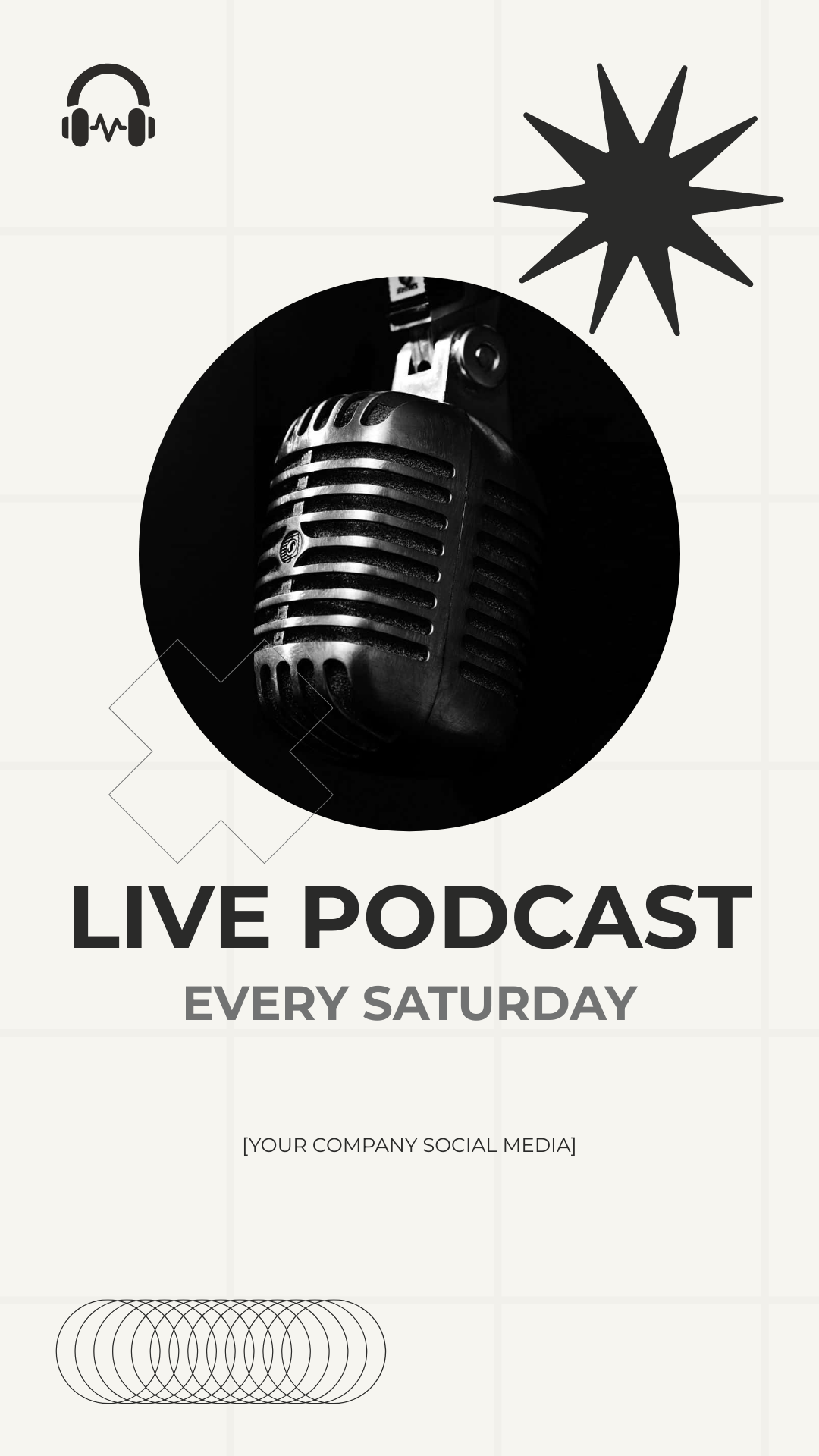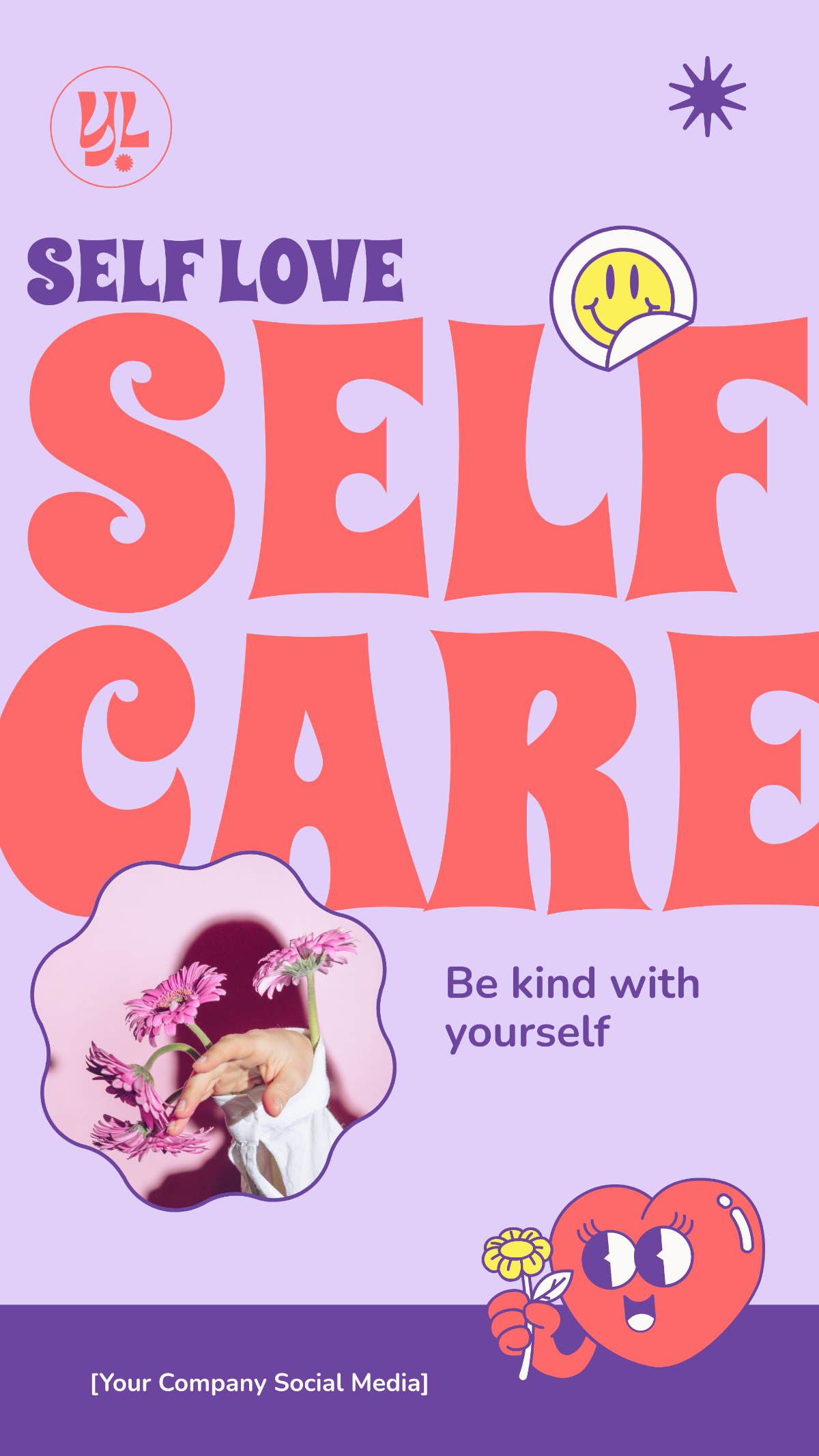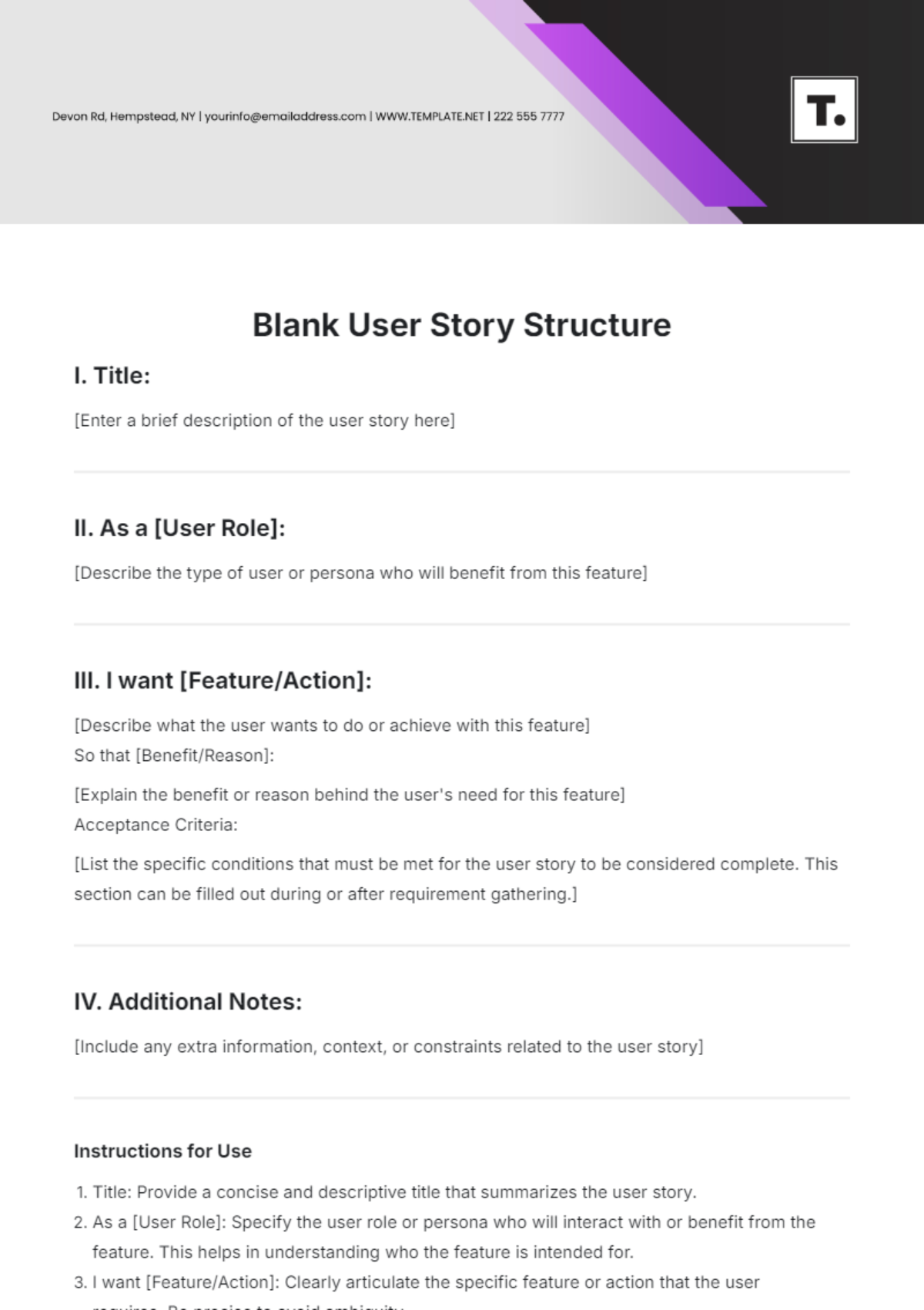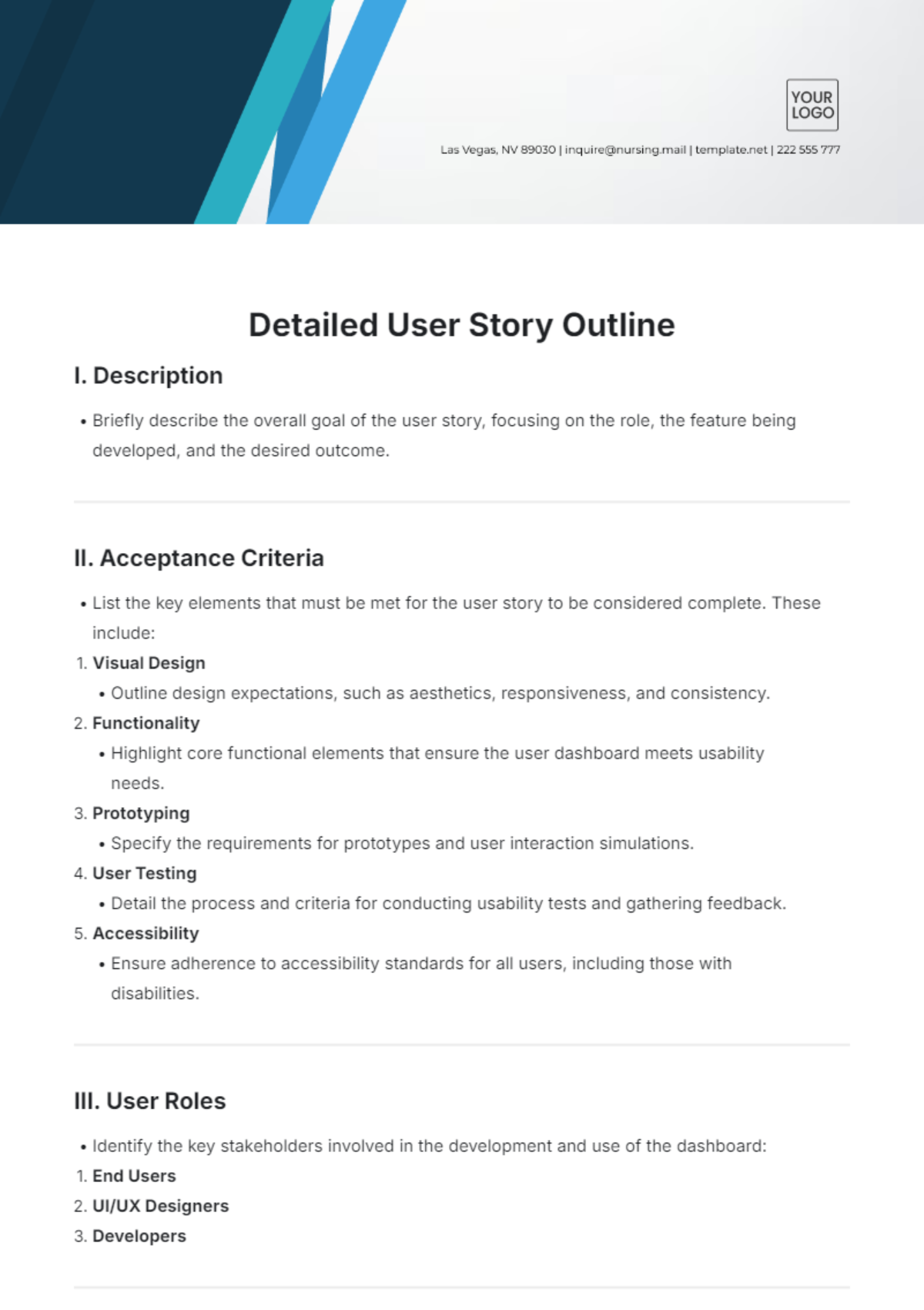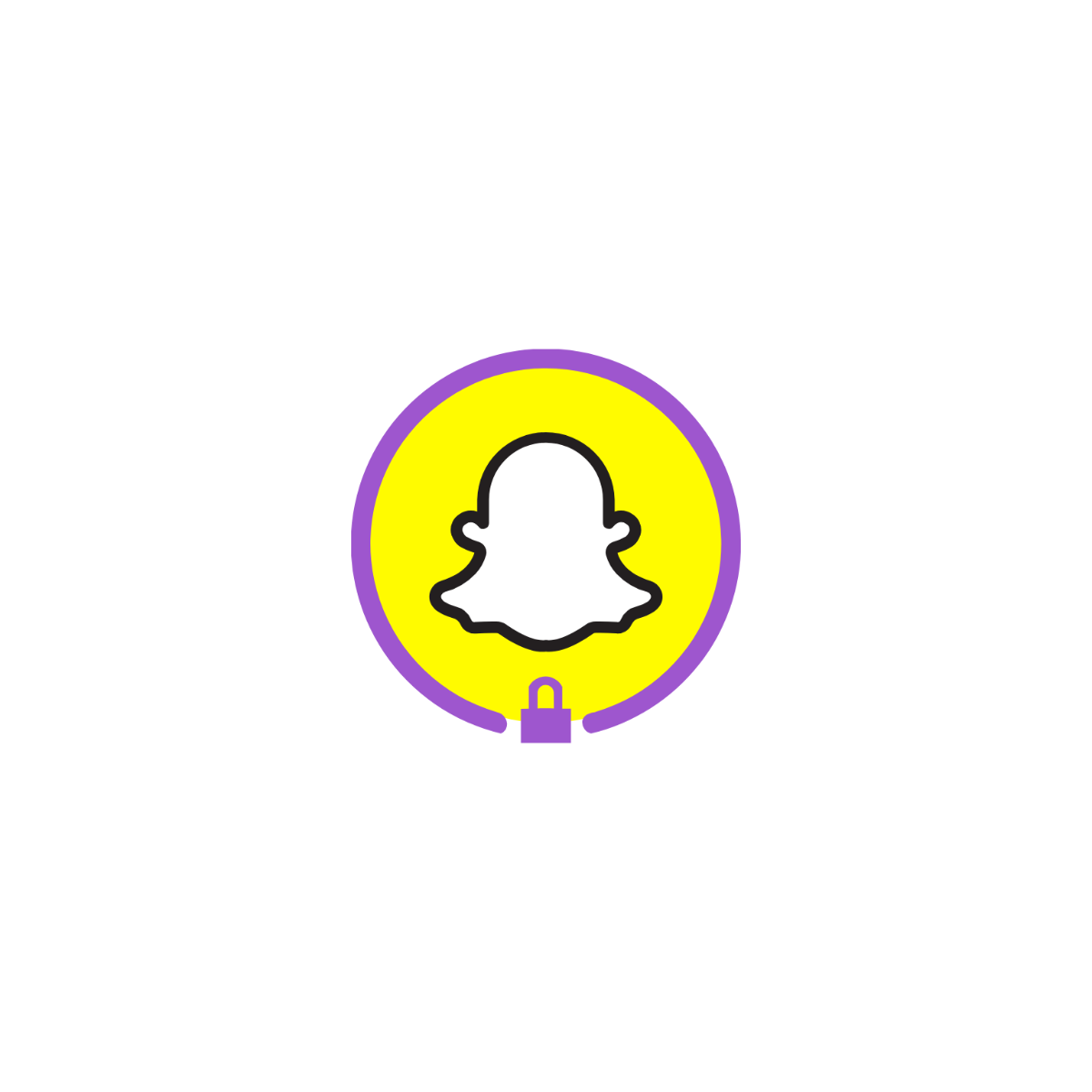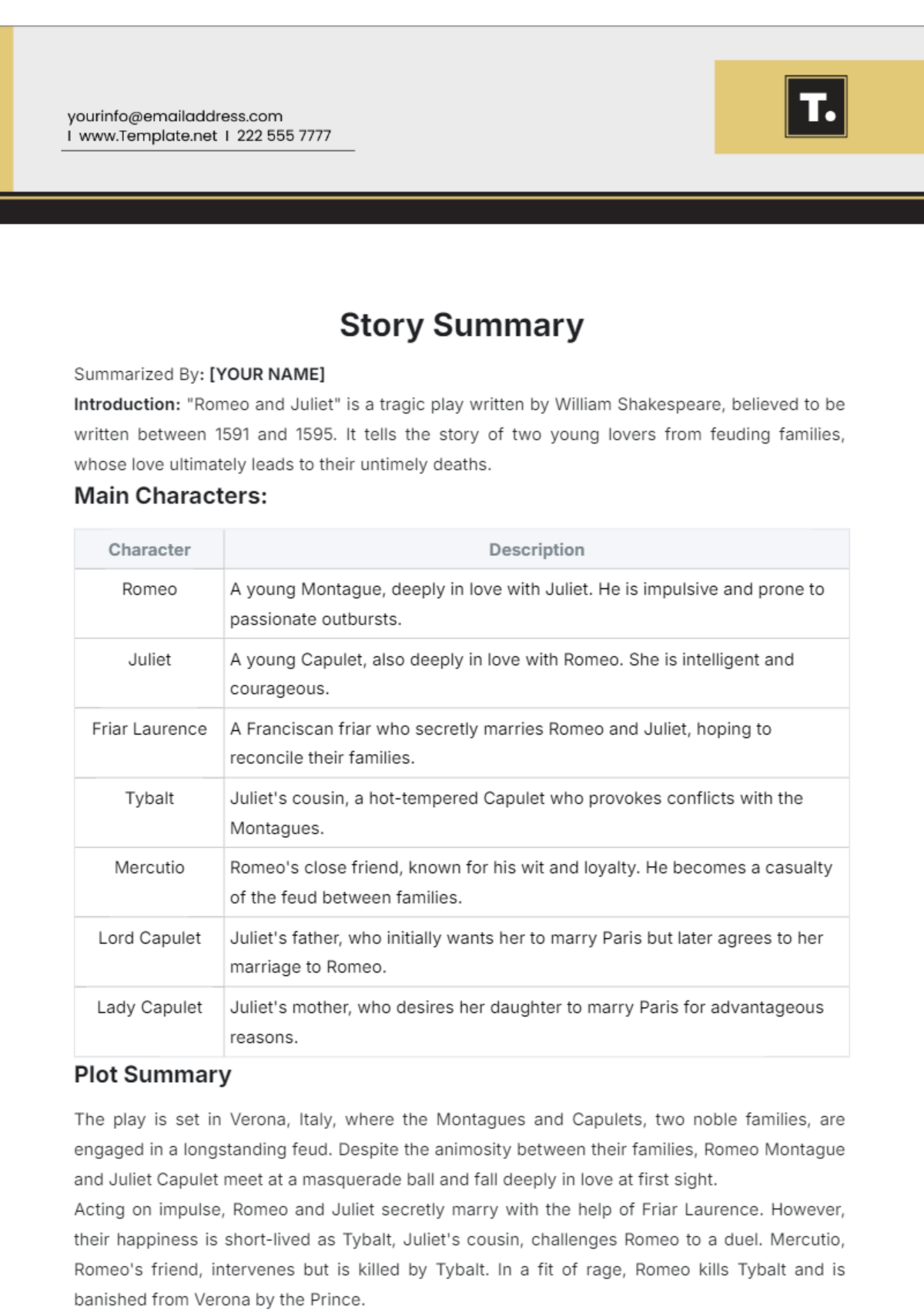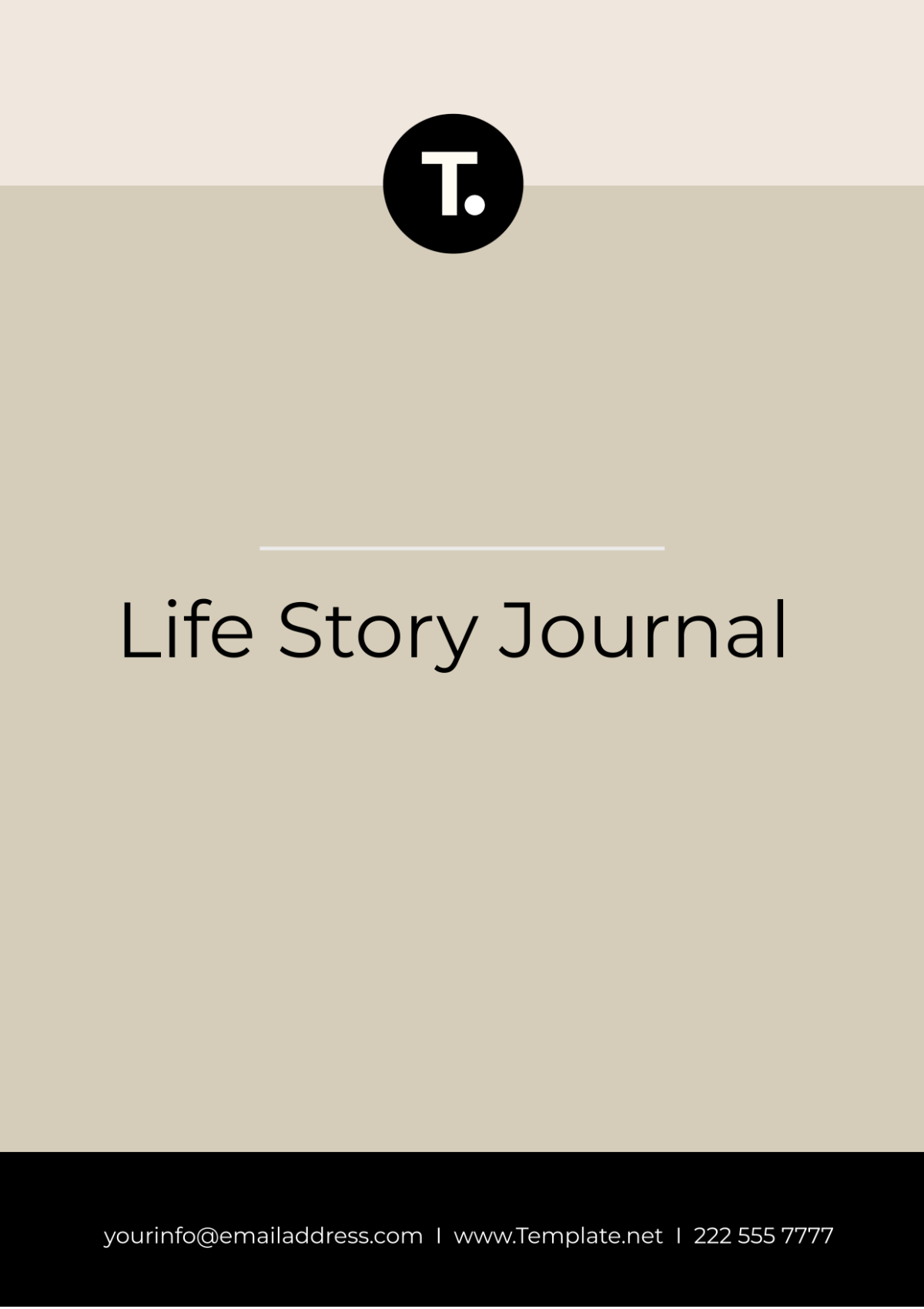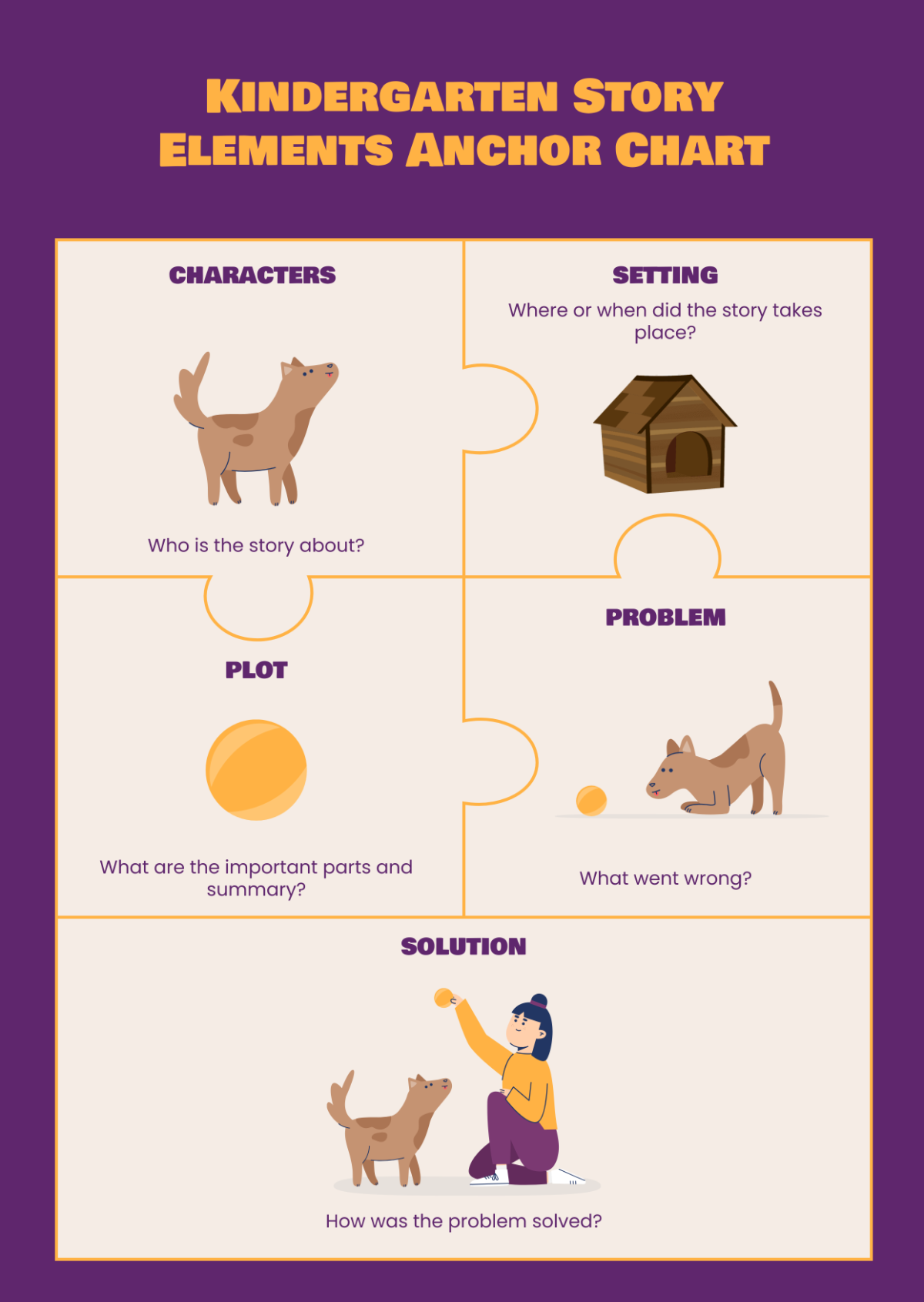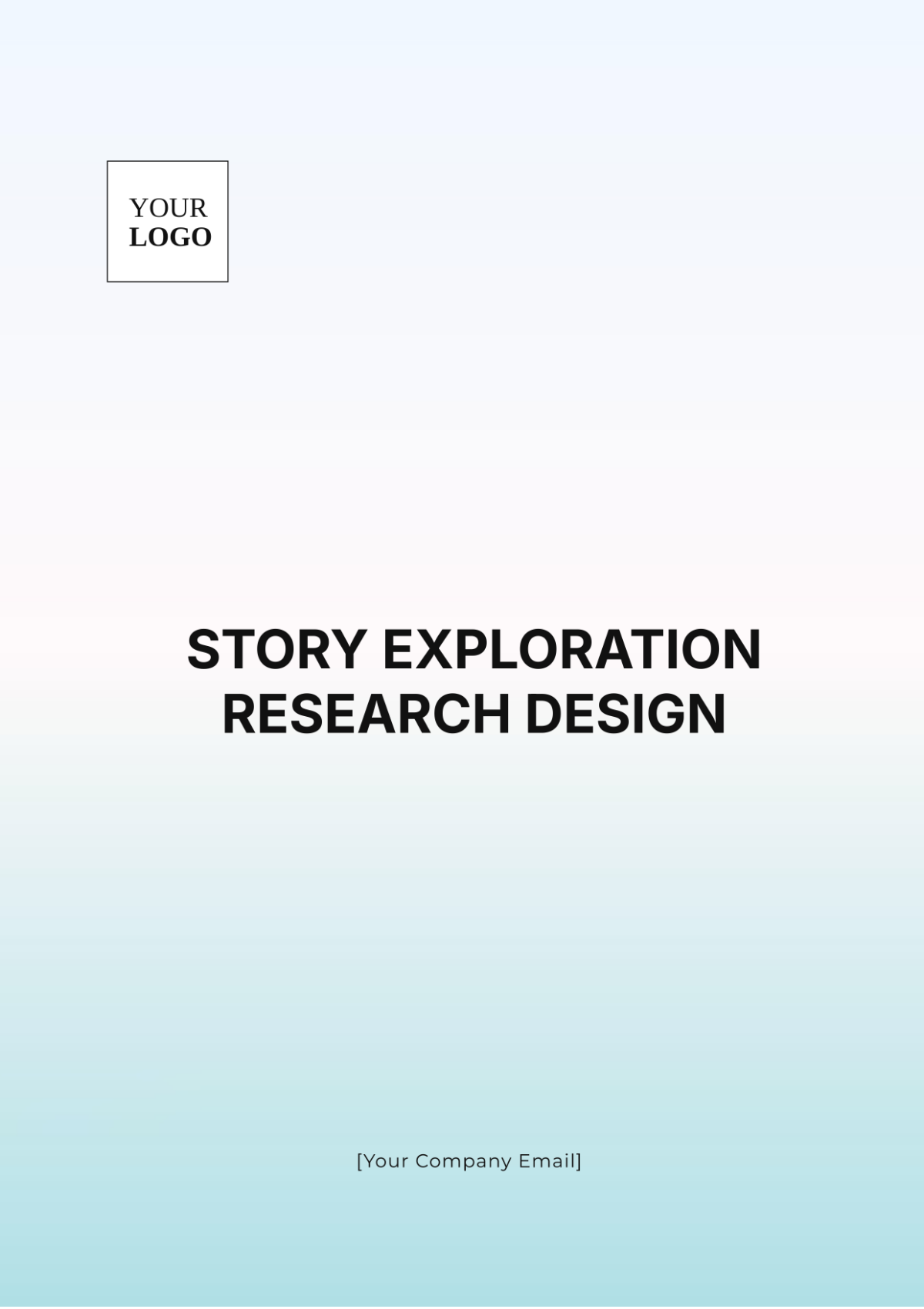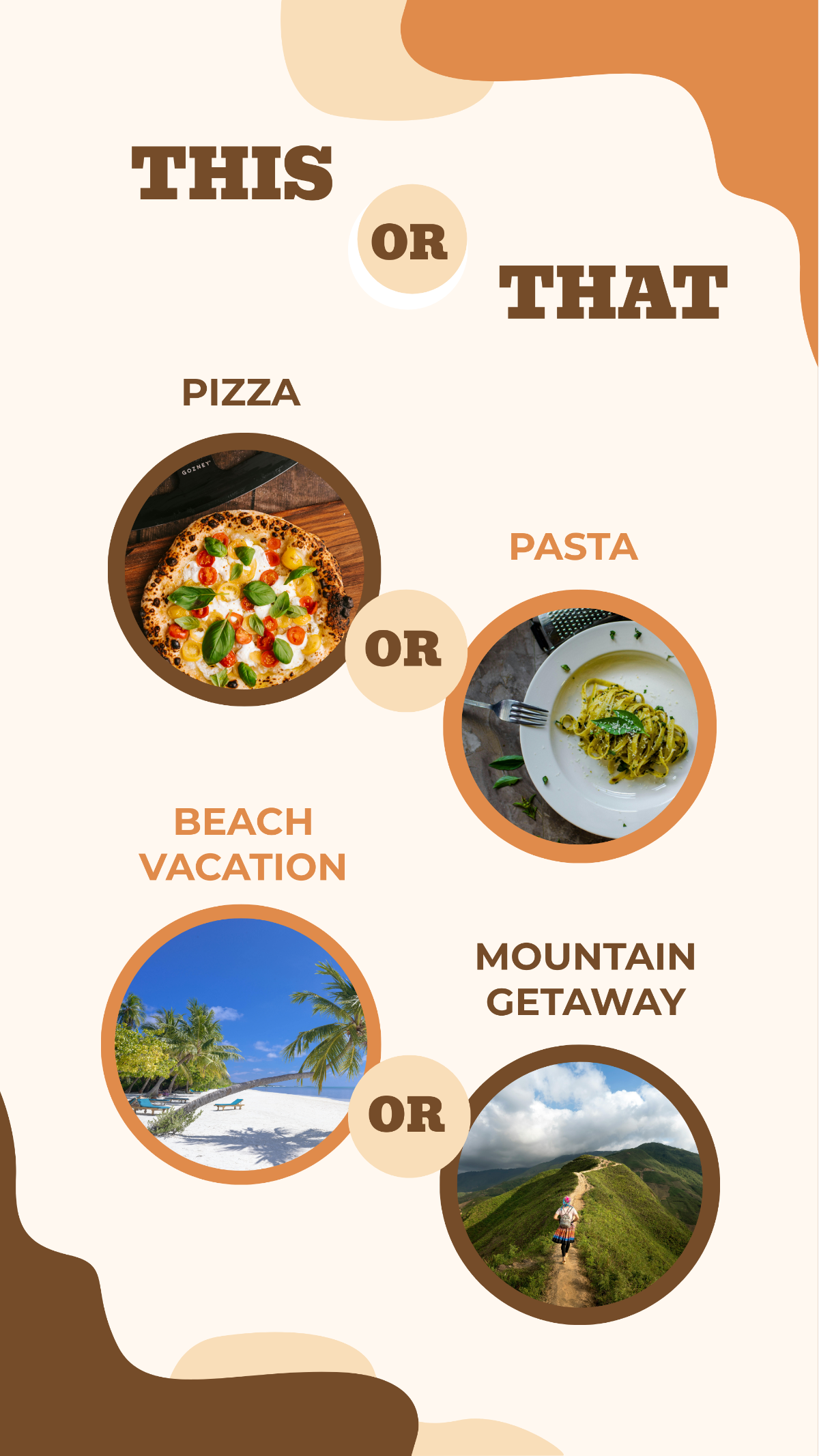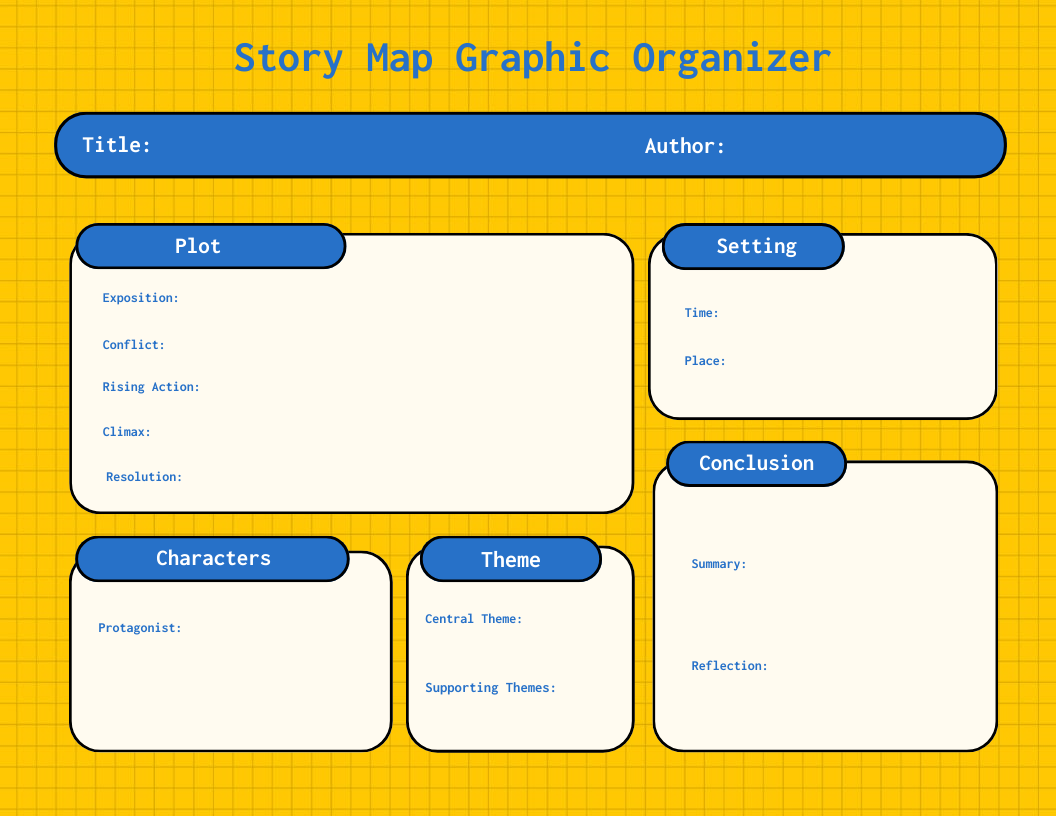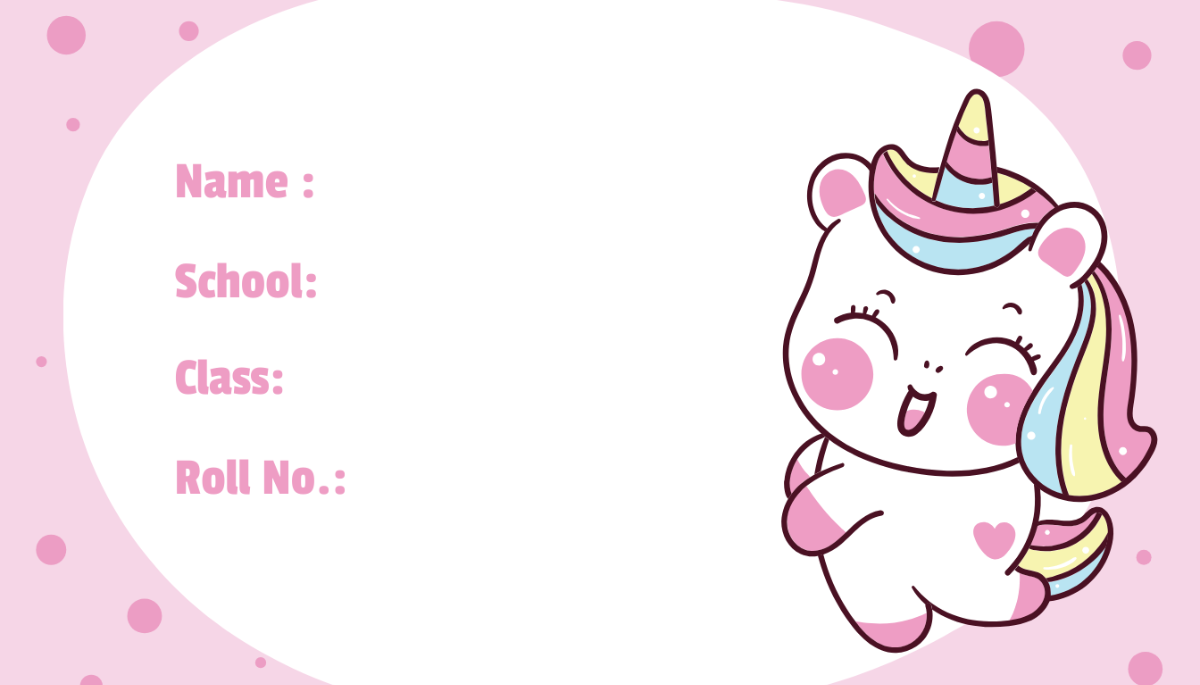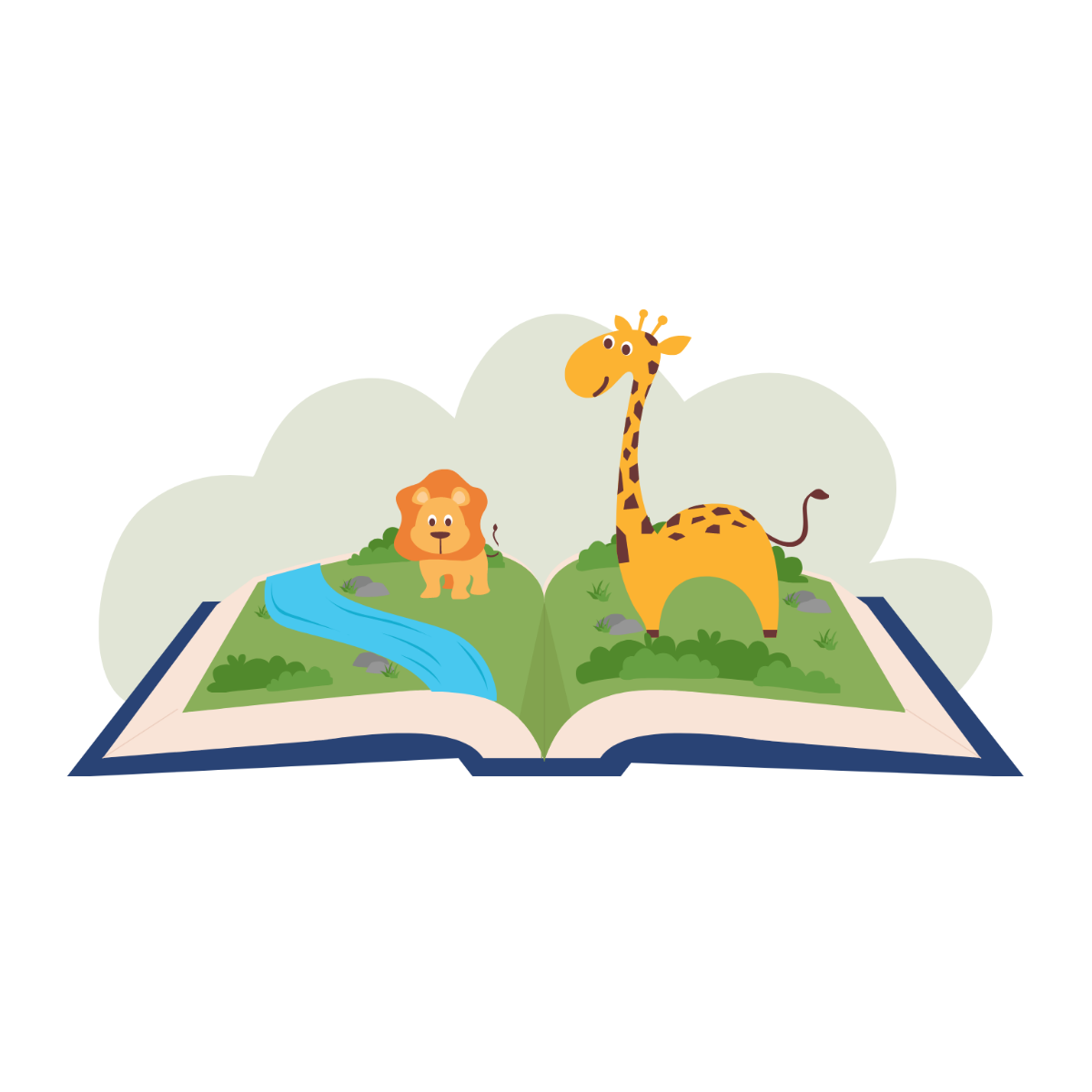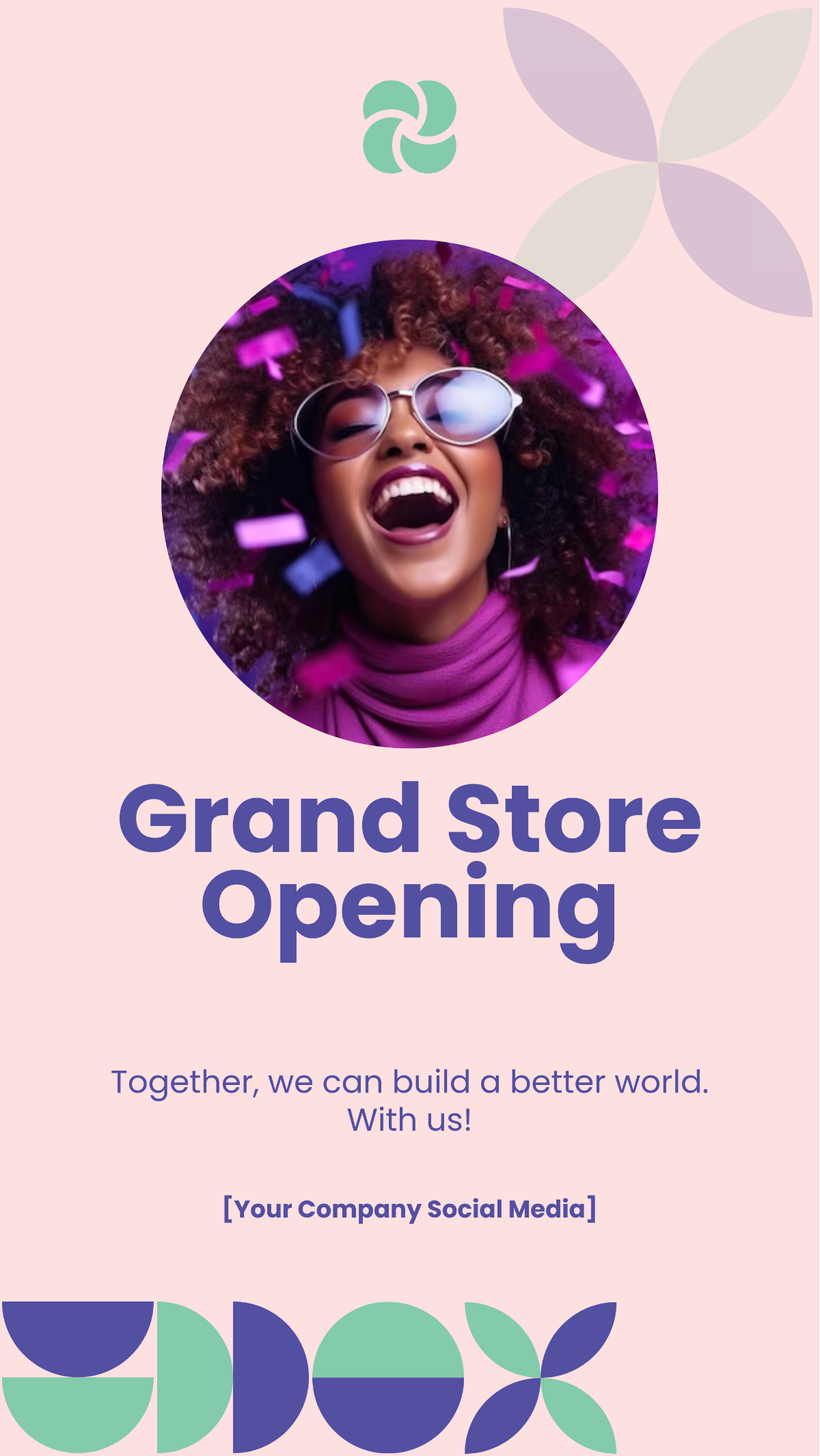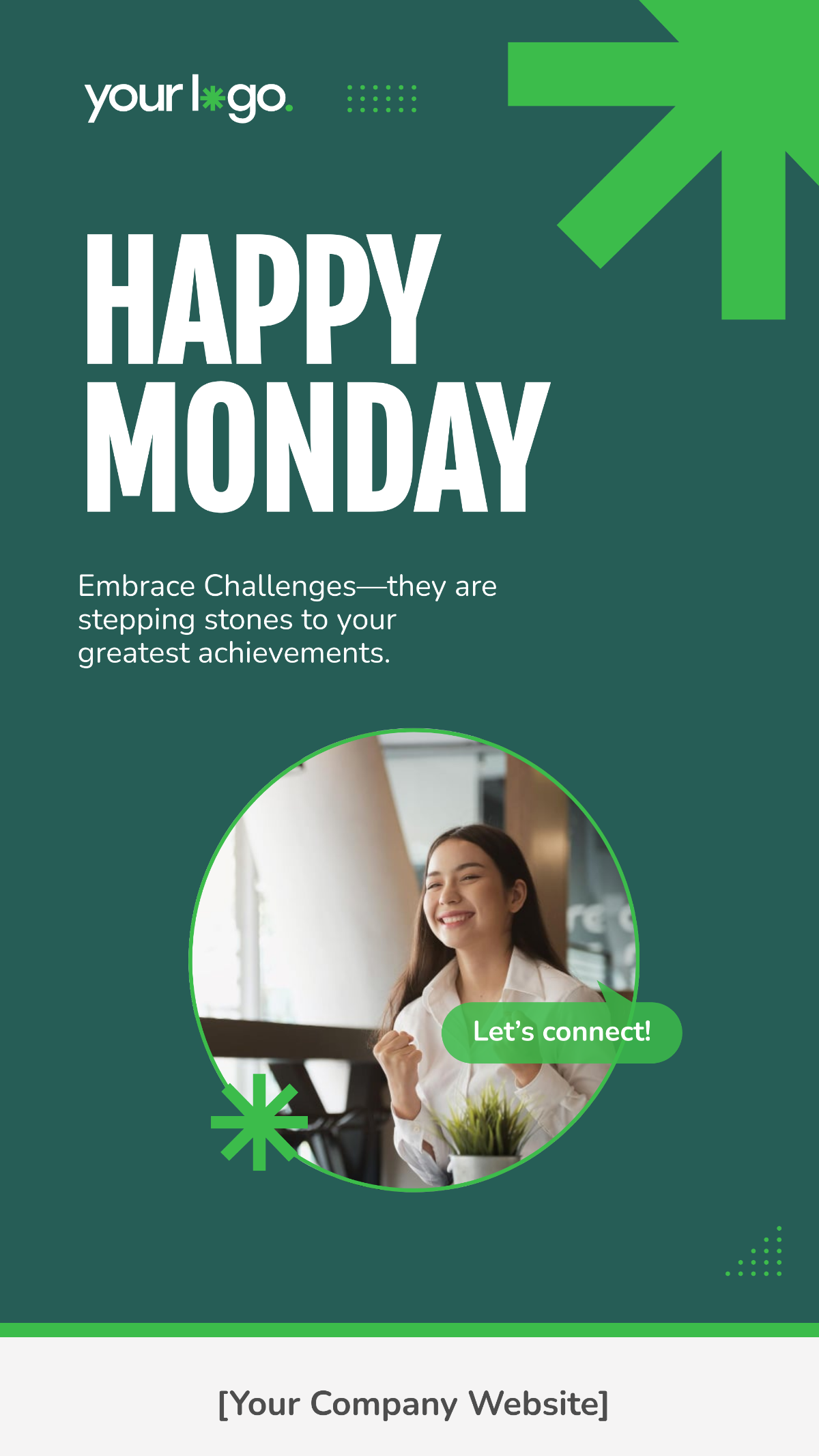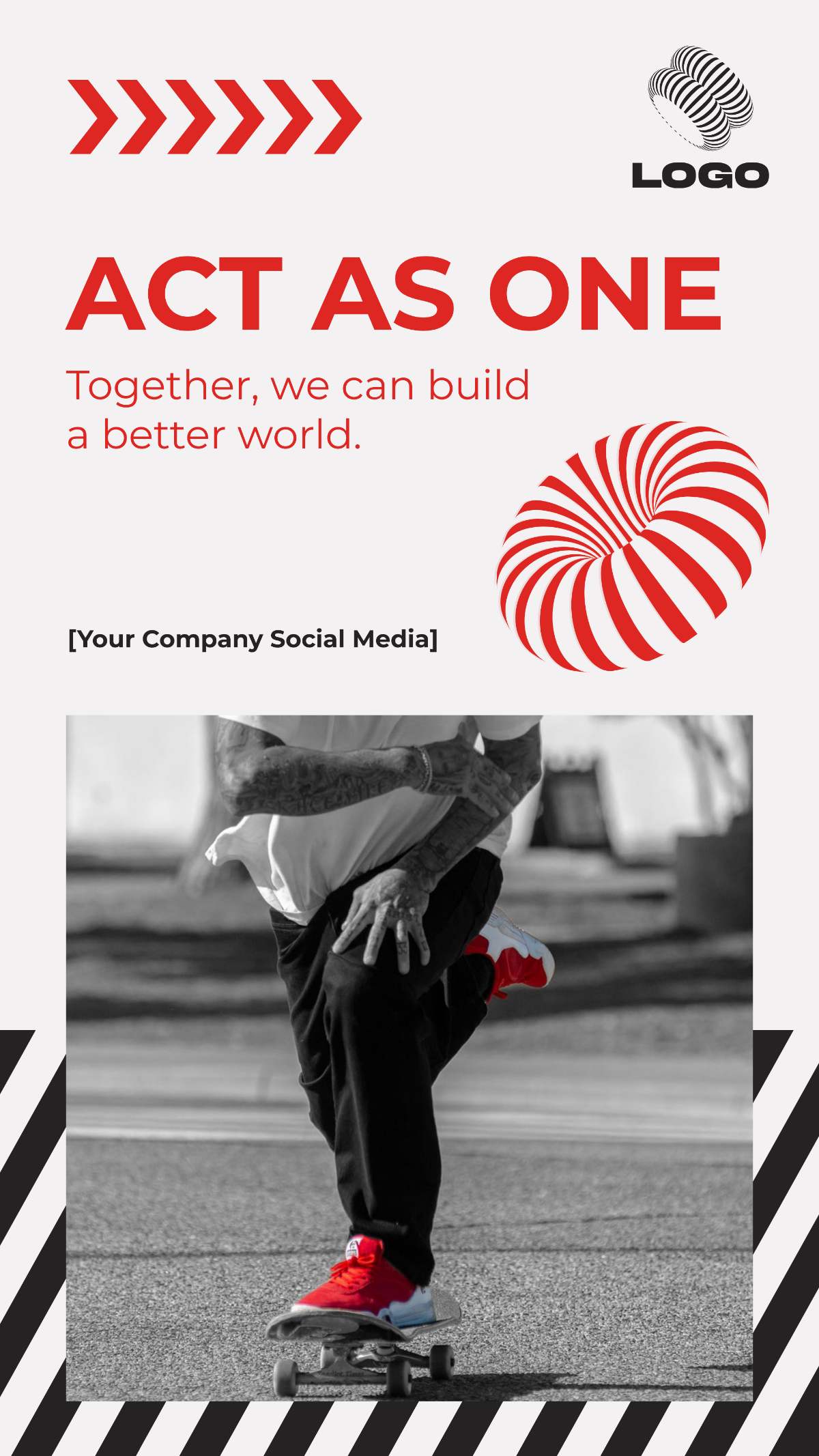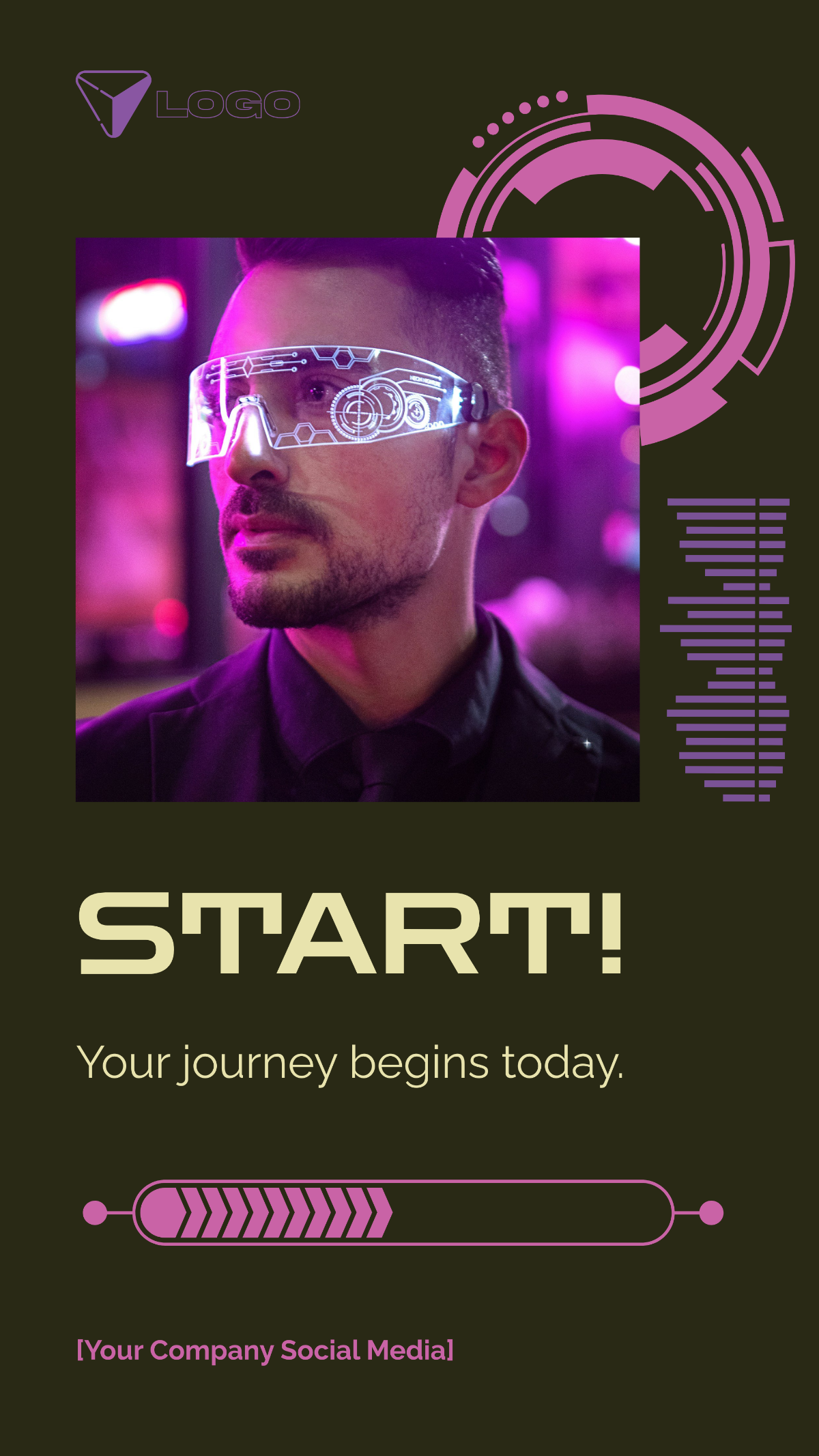Detailed User Story Outline
I. Description
Briefly describe the overall goal of the user story, focusing on the role, the feature being developed, and the desired outcome.
II. Acceptance Criteria
List the key elements that must be met for the user story to be considered complete. These include:
Visual Design
Outline design expectations, such as aesthetics, responsiveness, and consistency.
Functionality
Highlight core functional elements that ensure the user dashboard meets usability needs.
Prototyping
Specify the requirements for prototypes and user interaction simulations.
User Testing
Detail the process and criteria for conducting usability tests and gathering feedback.
Accessibility
Ensure adherence to accessibility standards for all users, including those with disabilities.
III. User Roles
Identify the key stakeholders involved in the development and use of the dashboard:
End Users
UI/UX Designers
Developers
IV. Business Value
Provide an overview of the anticipated business benefits from the development of the dashboard.
V. Dependencies
List any external or internal systems, teams, or resources that the user story relies on for completion.
VI. Assumptions
State the conditions or expectations that are presumed to be true for the user story to proceed successfully.
VII. Out of Scope
Define the aspects that are not included in the scope of this user story, to avoid confusion.
VIII. Wireframes or Mockups
Specify the need for initial wireframes or mockups to visualize the design of the dashboard.
IX. Technical Considerations
Outline technical requirements, such as performance optimization and prototype development tools.

